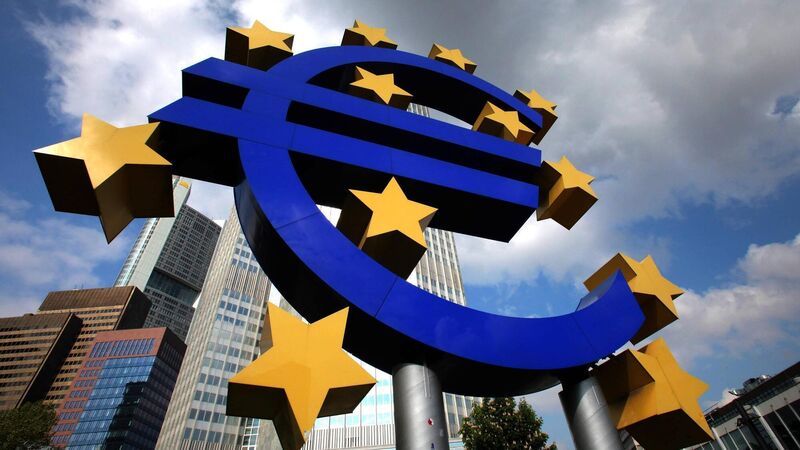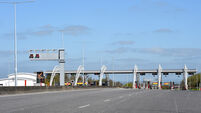Oliver Mangan: ECB may stop raising interest rates by the end of next year

Significant rate hikes are nailed on for the coming quarter.
Financial markets remain very volatile as they are buffeted by the twin forces of slowing global activity and a continued rise in inflationary pressures. Large intraday moves in both equity and bond markets are the order of the day, amid considerable uncertainty about the economic outlook, as well as the extent of monetary tightening by central banks.
Significant rate hikes are nailed on for the coming quarter, with both the European Central Bank and the US Federal Reserve likely to increase rates by at least 75 basis points, or 0.75%, and by 125 basis points, or 1.25%, respectively, by September.
Further tightening is on the cards beyond that, but markets are unsure about what the peaks in rates will be in the various economies.
It is expected, though, that rates will not peak in the eurozone until near the end of next year, much later than in the US or the UK.
We have seen a considerable amount of data published in recent weeks, pointing to slowing consumer spending, housing activity, and industrial output in many countries.
The purchasing managers' indices for June in the main advanced economies show a significant loss of momentum in both manufacturing and services.
Thus, fears of a recession are growing.
This has resulted in market rate hike expectations being scaled back quite appreciably over the past couple of weeks. In the US, the Fed funds rate is now expected to top out at 3.25% at the end of this year, down from the 4% peak priced in a fortnight ago.
Furthermore, US rates are then expected to be cut by 50 basis points, or by 0.5%, in the second half of 2023.
Meanwhile, in the eurozone, rates are now expected to rise to 0.75% by the end of the year compared to 1.25% previously, with a peak at 1.5% near the end of 2023. That's down from the peak of close to 2.5% priced in just a couple of weeks ago.
The recent softening in rate hike expectations is being replicated in marked falls longer-term interest rates.
Meantime, stock markets remain volatile, but are attempting to find a bottom after a very weak opening half to the year.
They are taking some heart from the view that slowing growth may curtail the amount of monetary policy tightening. Central bankers have been changing their minds very quickly on policy this year as they contend with an inflation shock. Policy decisions are now being largely driven by the latest inflation data in particular.
It is still unclear the degree to which economic global activity will slow in the second half of this year and in 2023, or how sustained the rise in inflation will prove. Inflation, though, tends to lag the economic cycle, especially when it is being largely driven by long-lasting supply-side shocks.
Central banks have been emphasising that their main priority is to bring inflation down from its current very high levels and restore price stability.
They will want to see clear evidence of significant progress on lowering inflation, before changing their tune on monetary policy.
A marked deceleration in inflation may take some time, though, especially if further supply disruptions hit global energy markets this winter. Thus, central banks may well retain a hawkish policy bias even if economic data continue to weaken and recession risks rise.
All in all, markets are likely to remain very volatile for some time yet.














